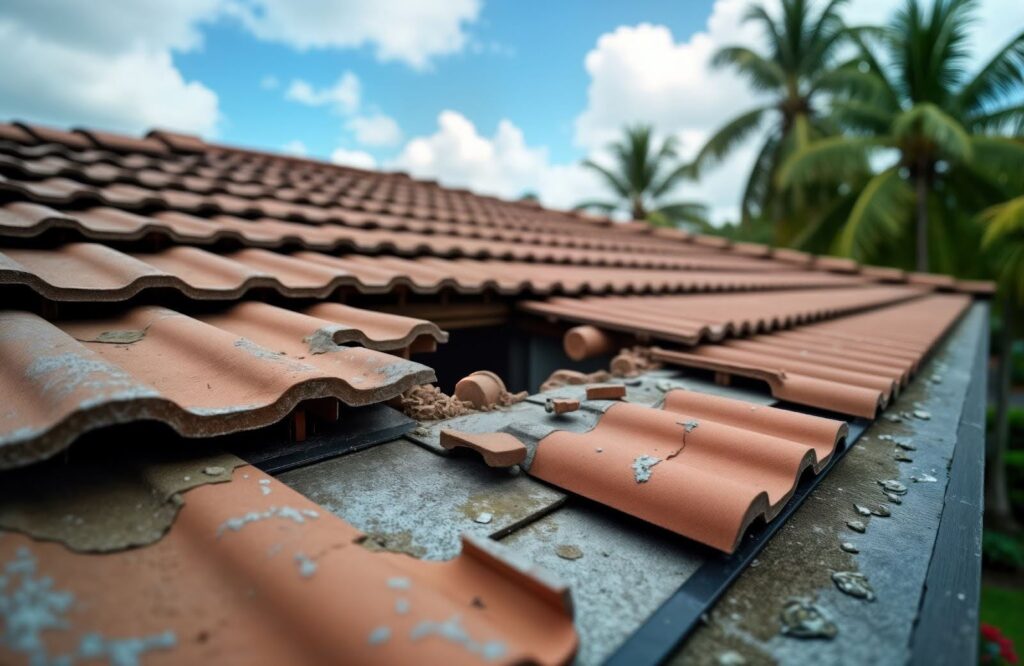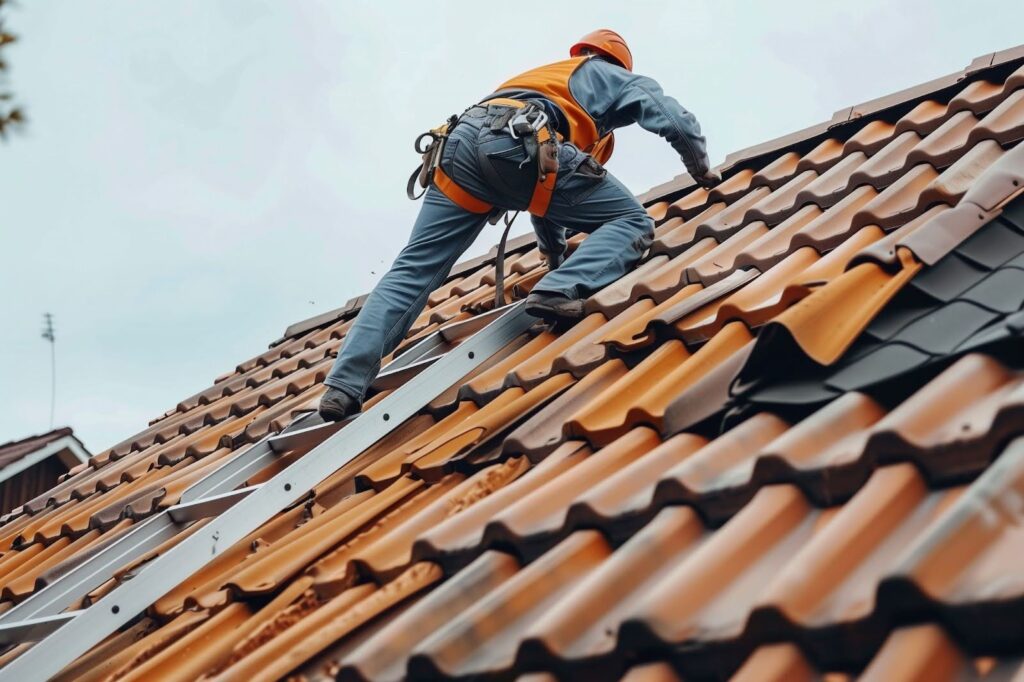Roofs are one of the most important parts of a home. They keep out rain, wind, snow, and the heat of the sun. Without a solid roof, even the strongest house becomes weak over time. Yet many homeowners often forget to check their roof until something goes wrong. A regular roofing inspection can help prevent costly repairs and keep the home safe and dry.
Knowing when and how often to get a roof inspection can make a big difference. It can help spot problems early and extend the life of the roof. Let’s explore how often these inspections should be done, why they matter, and what to expect during one.
Why Roofing Inspections Matter
A roof takes a beating every day. It faces harsh sunlight, heavy rain, strong winds, and sometimes snow or hail. Over time, these elements can cause wear and tear. Cracks, leaks, broken shingles, or sagging spots can develop without being noticed from the ground.
A roof inspection by residential roofing contractors helps catch these issues before they grow. For example, a small leak can damage insulation, drywall, and even electrical systems if left unchecked. Spotting it early during an inspection can save thousands in repairs.
In addition, some roofing issues aren’t visible unless checked closely. A professional can safely climb up and examine areas that homeowners might miss. Inspections help ensure the roof stays strong and does its job well.
When Should You Get a Roofing Inspection?
There’s no one-size-fits-all answer, but most roofing experts suggest scheduling an inspection at least once or twice a year. Here are the key times when a roofing inspection is highly recommended:
1. Twice a Year: Spring and Fall
The most common advice is to inspect the roof in spring and fall. These seasons are ideal because the weather is usually mild, and it’s right before or after harsh conditions like winter snow or summer heat.
- Spring inspections help spot any damage caused by snow, ice, or strong winds during winter.
- Fall inspections make sure the roof is ready for winter and can handle rain, snow, or colder temperatures.
Think of it like checking your car before a road trip. It’s better to prepare than to deal with problems later.
2. After Severe Weather
Storms can cause sudden damage. Heavy winds, hail, or falling branches may lead to cracks, missing shingles, or holes. Even if the roof looks fine from the ground, it’s smart to have it inspected after a strong storm.
Some damage may not be visible but can lead to leaks or mold later. Quick inspections after storms can catch hidden issues early.
3. Before Buying or Selling a Home
When purchasing a home, having the roof inspected can provide reassurance about the property’s condition. It helps uncover the roof’s current state, its expected lifespan, and any issues that may require attention. For those selling a home, an inspection can reduce the chances of unexpected problems during negotiations. A well-documented roof report can also boost the home’s appeal and support its market value.
4. If the Roof is Getting Old
Roofs have a limited lifespan. Most asphalt shingle roofs last around 20 to 30 years, while metal or tile roofs may last longer. As the roof gets older, inspections should become more frequent-perhaps once every 6 to 12 months-because signs of wear become more common with age.
An older roof is more likely to have weak spots, and catching them early helps avoid bigger problems.
What Happens During a Roofing Inspection?
A roof inspection is more than just a quick glance. A good inspector checks several parts of the roof system, including:
- Shingles or tiles – Are they cracked, loose, or missing?
- Flashing – This seals areas around vents, chimneys, or skylights. Damaged flashing can cause leaks.
- Gutters and drainage – Clogged or broken gutters can cause water to back up and damage the roof.
- Signs of water damage – Stains, mold, or sagging spots inside the attic or ceiling often signal roof problems.
- Roof structure – Inspectors look for sagging or damage to the underlying support.
- Sealants and caulking – These materials can dry out and crack over time.
The inspector may also take photos or write a report. If repairs are needed, they will usually explain the problems and suggest next steps.
How Much Does a Roof Inspection Cost?
Costs vary depending on location, roof size, and inspection type. On average, a standard roof inspection may cost USD$100 to USD$300. Some roofing companies offer free inspections, especially if repairs or replacements are being considered.
For a more detailed inspection-such as using drones, infrared scans, or moisture sensors-costs can be higher, but these tools can uncover hidden damage.
What Are the Benefits of Regular Inspections?
Some may wonder if inspections are worth the time or money. The answer is yes, and here’s why:
1. Prevent Costly Repairs
Catching problems early means fixing them while they’re small. A few loose shingles are cheaper to fix than a full roof replacement.
2. Extend Roof Life
Roofs that are well-maintained tend to last longer. Regular inspections help keep the structure in good shape.
3. Protect Home Value
A well-maintained roof boosts curb appeal and resale value. It also avoids issues during home inspections if the property is being sold.
4. Lower Insurance Risks
Some insurance companies may even offer discounts or require regular inspections. Fewer claims and proof of maintenance can help with coverage.
Signs It’s Time for an Immediate Inspection

Even if it hasn’t been long since the last check, some signs mean an inspection should happen soon:
- Water stains on ceilings or walls
- Sudden increase in energy bills (could mean poor insulation)
- Mold smell in attic or top floor
- Visible damage after a storm
- Animals nesting in the attic
Waiting too long can make small issues worse. If any of these signs appear, don’t delay.
Conclusion
A strong, reliable roof doesn’t take care of itself. It needs regular attention to stay in good condition. Inspections should be done at least once or twice a year, after major storms, and more often as the roof ages. Catching problems early can save money, prevent damage, and extend the roof’s life.
A good roof protects the entire home. Taking the time to schedule regular inspections is a smart and simple way to keep everything underneath it safe and secure.

